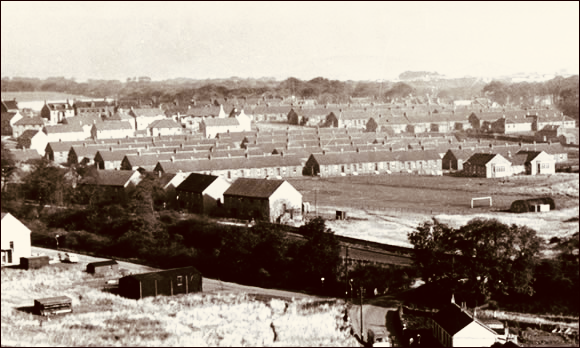Who owns your house? Perhaps you have your own home, or rent it from a landlord or housing association. It is unlikely to be owned by your employer, but this was normal for workers in the shale oil industry. The oil companies built workers’ housing and Winchburgh benefitted from some of the better housing of the period.
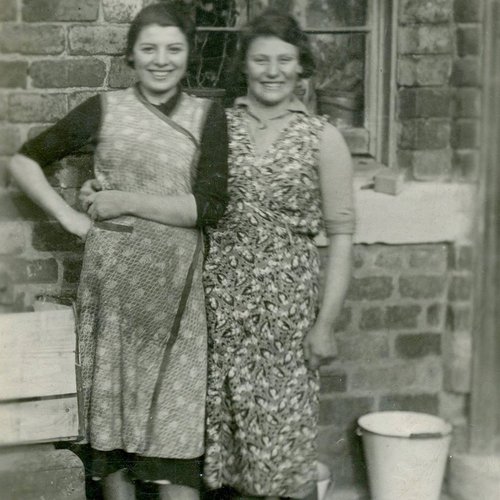
The rows of cottages in Winchburgh were built for workers at the Niddry Castle Oilworks. But they were better than many of the houses built elsewhere in the shale boom. There was more room, a proper wash house and coal cellar and each house had its own toilet – a luxury compared to houses in other villages. An inspector regarded these as ‘the most modern dwellings in the District’.
Even the beds worked shifts
It was still a little cramped, one bedroom, living room and kitchen. The kitchen included recesses for pull out beds. Even with the new houses there was still a shortage, and two families would share the one house. Even this was an improvement on the lodging houses – where ‘the night shift men slipped into our beds as soon as we got out.’
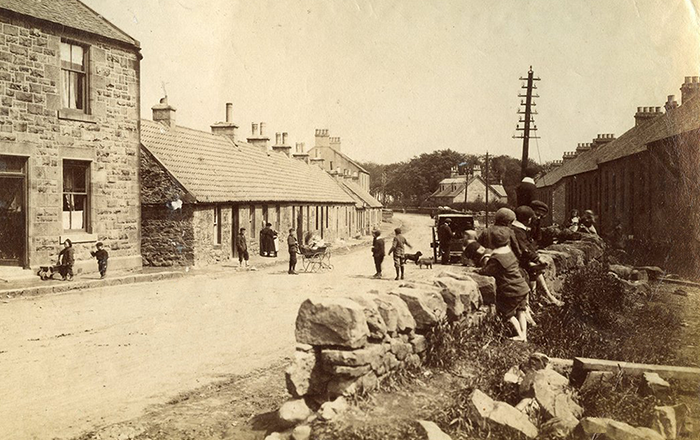
Winchburgh c.1910 Source: Almond Valley Heritage Trust
It's better in Winchburgh
Early housing developments were rushed and featured terrible communal toilets, standpipes for water and very crowded living conditions. Better planning laws helped to improve the houses but there was another reason in Winchburgh – it was an incentive to move workers from West Calder and Addiewell.
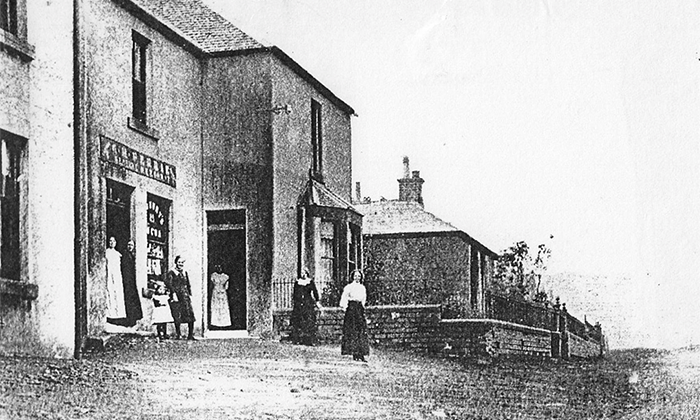
Bankhead and Ferries shop, Niddry 1900s, notice the lack of a pavement or clear road. Source: West Lothian Heritage
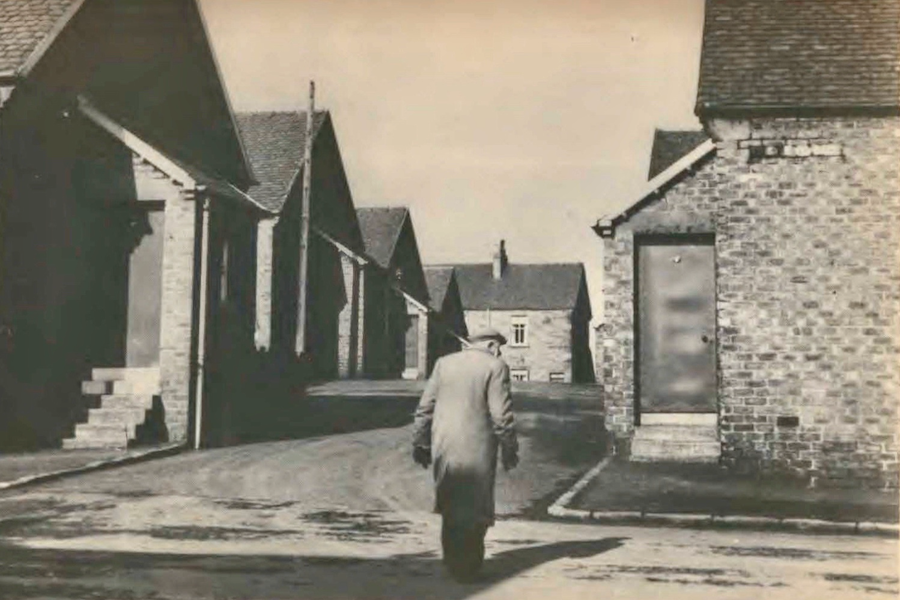
Jimmy Devine
"My Granda and family walked from Winchburgh to West Calder every Sunday. They had their dinner with family there and then back home. They certainly did the shale trail back then!" Ann Dickson
Jimmy Devine, walking in Winchburgh Rows. He came over from County Mayo, Ireland and worked in Duddingston mine, Niddry for most of his life, living until he was 99. Source: Peter D'Alton
